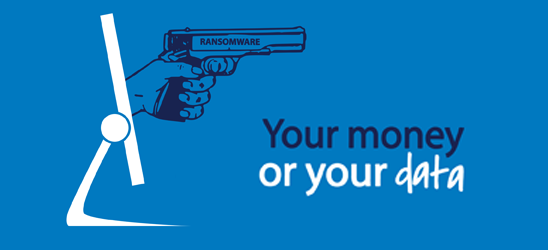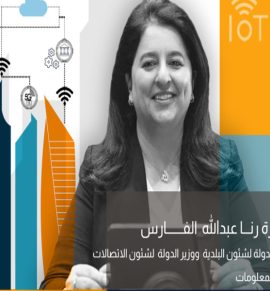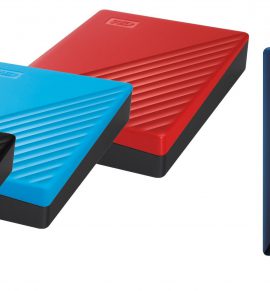تعتبر فيروسات الفديه المنتشرة في الفتره الاخيره والتي خرجت من نطاق اجهزة الكومبيوتر الى عالم الهواتف الذكيه خطرا ينبغي الوعي به، فلم تعد الروابط التي يتم ارسالها امنه من هذه الفيروسات والتي تستهدف بشكل خاص الملفات الشخصيه والصور وجميع ما تم حفظه من ملفات خاصه بالمستخدم ويتم تشفيرها بدرجه عاليه جدا بتقنيه متقدمه حتى اصبح تقريبا من المستحيل فكها وحلها
طريقة سرعه انتشارها تتم بالشكل الاتي حتى يتلقى الضحيه رساله سواء على البريد الشخصي – الايميل – او عن طريق وسائل التواصل الاجتماعي على اختلاف اشكالها ويكون نص الرساله اما رابط معين او ملف مرفق مجرد فتح اي مما تم ذكره يبدأ عمل الفيروس بتشفير الملفات بسرعه كبيره حتى انظمة مكافحة الفيروسات تبقى عاجزه عن اكتشافها والتصدي لها وبعد الانتهاء من عملية التشفير بشكل كامل يترك الفيروس رساله للمستخدم الضحيه ونصها كالاتي: للحصول على ملفاتك واسترجاعها ينبغي عليك دفع مبلغ بالمقابل
لذلك ينبغي الحذر عند فتح الروابط والاخذ بالعلم بأنك قد تكون مستهدفا من قبل الاخرين
Mobile ransomware
With the increased popularity of ransomware on PCs, there has also been a significant increase in the volume of affecting smartphones, particularly Android devices. (iOS devices are protected by Apple Inc.’s restrictions of what applications they allow on the iOS App Store.)
Unlike on desktop computers, where encrypting is more widespread than non-encrypting, mobile devices have almost no encrypting ransomware because most of the crucial data is stored in clouds. When data is backed up in cloud storage, there is no need to pay a ransom. For this reason, non-encrypting ransomware (or ‘blockers’, because they block access to the device) are much more popular on mobiles.[53]
Mobile ransomware usually spreads by pretending to be a legitimate app in third party stores, however, they can also spread through other means such as infected emails, and unsecure websites. They act by overlaying the interface of every app with the malware’s own, which prevents the user from using any application. Blockers are also more effective on mobile devices because the hard drive is usually soldered onto the motherboard, whereas on PCs one could simply unplug the hard drive from the infected PC and use another PC to retrieve its data. One thing that is unique to mobile ransomware is that it can hijack the phone’s PIN and use the device’s own security against the user. To protect a phone from ransomware, one can either scan for malware on the phone regularly, and avoid suspicious links and applications.[54]










